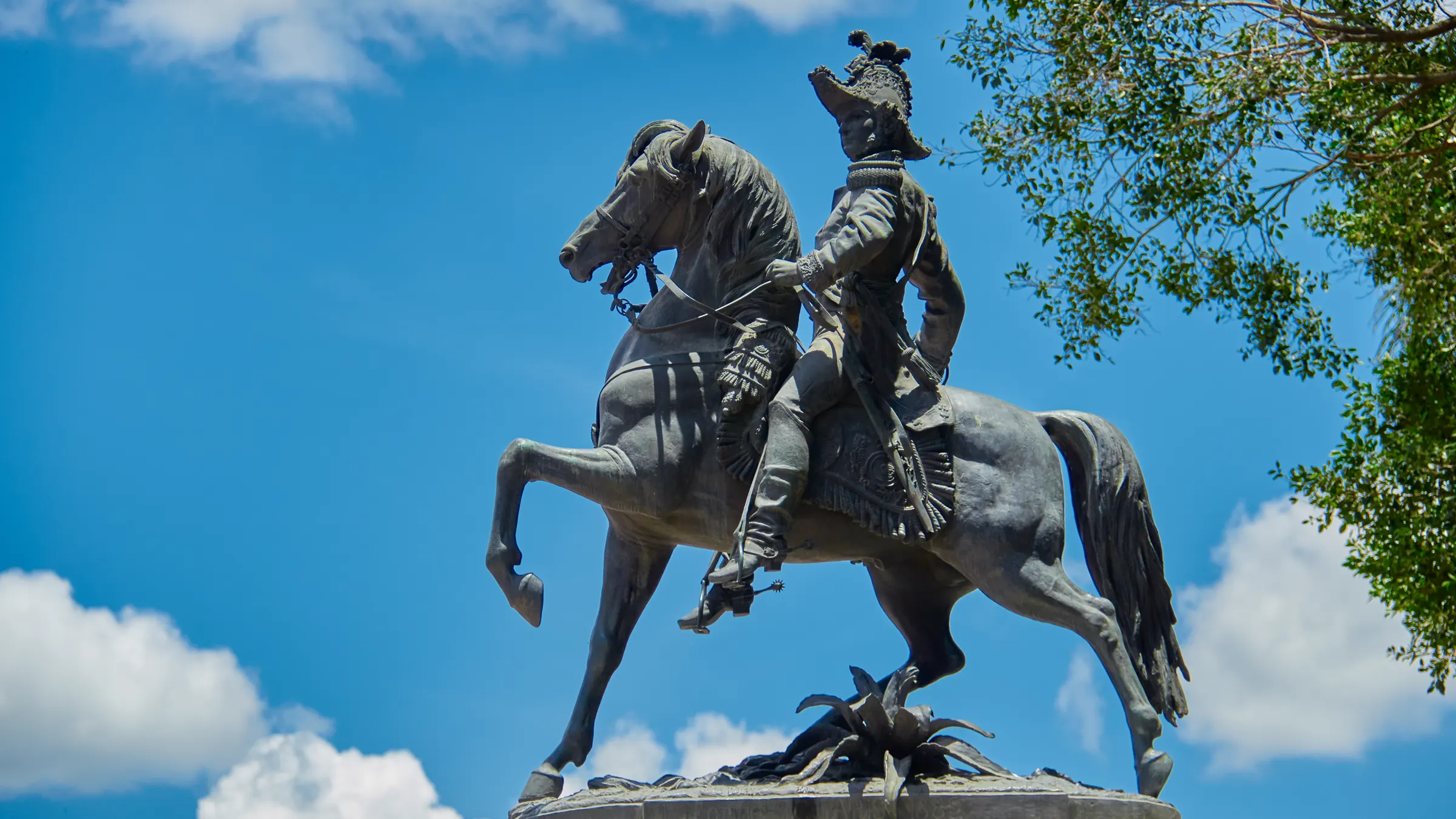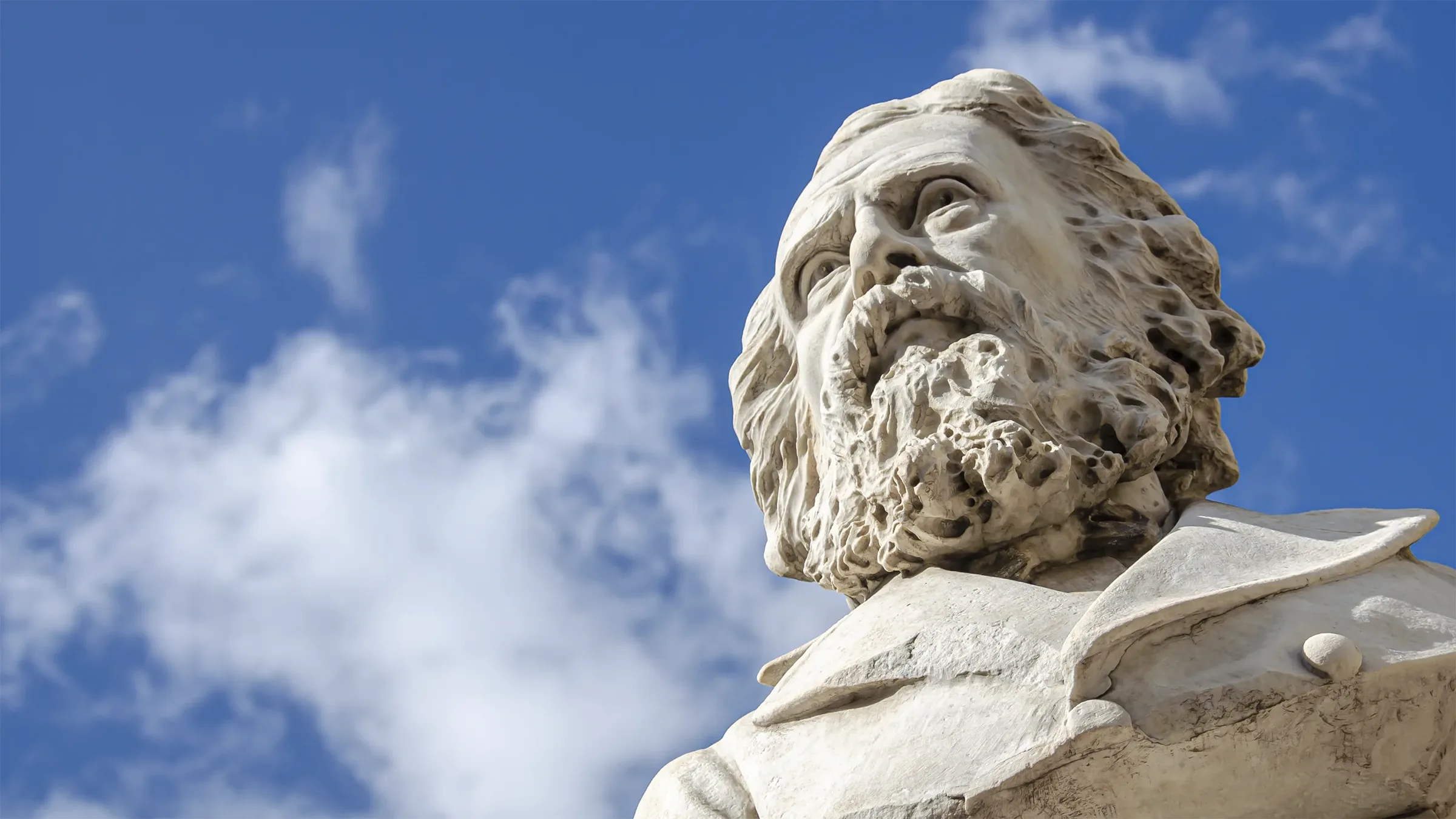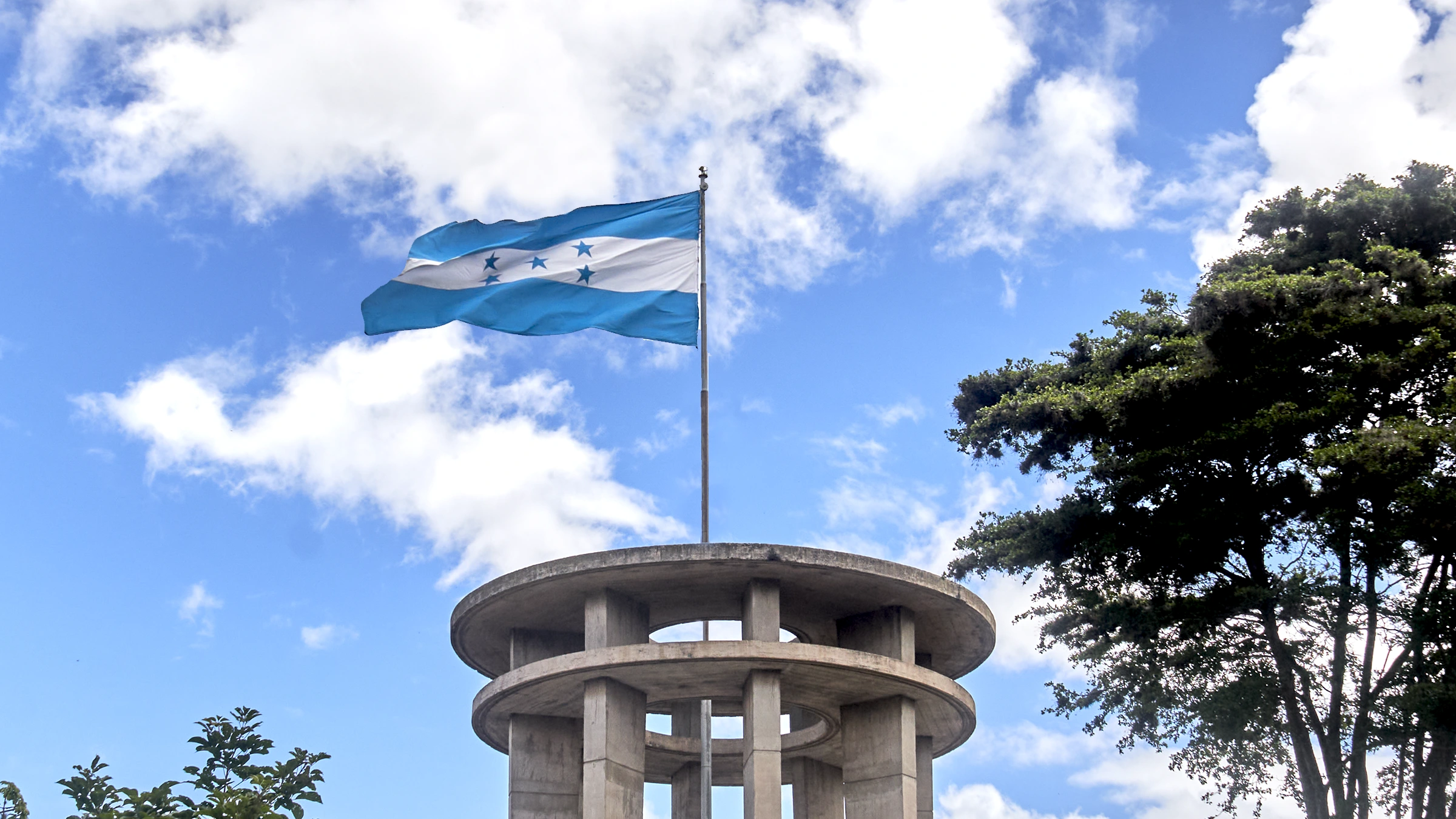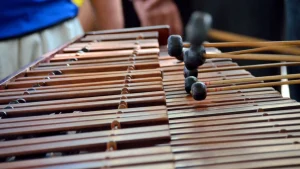National Heroes and National Symbols of Honduras

Honduras counts in the memory of history with the exploits of great men, who although not perfect, were an example of dedication, courage and love for the country.
Every year when the national celebrations approach in the month of September, they are remembered with the purpose that present and future generations be inspired and learn from their national love for Honduras.
Heroes of Honduras

Honduras had the honor of having great men who bravely fought for a true independence of the nation, not only from the reign of Spain , but also from internal forces that fought to maintain power and its status quo, which with their betrayals and manipulations they brought out the best virtues of the men we honor today as Heores of Honduras
Much of the struggle of our Próceres was to provide our peoples with the freedom to choose their own destiny, but also to obtain the knowledge that would allow the development and vision of the State necessary to determine the soul and spirit of the nation. Thus, Honduras obtained its first printing press thanks to the management of General Francisco Morazán and the first house of study was also born by the hand of José Trinidad Reyes, which today is the National Autonomous University of Honduras (UNAH).
We call them the Heroes of Honduras and among them are:
Francisco Morazán
see biography of Francisco Morazán
José Francisco Morazán Quezada is the most prominent of the Próceres who fought for the freedom and emancipation of Central America, which he governed between 1830 and 1839 through a Federation of five countries. In addition to serving as Head of State of several countries.
During his administration, the first printing press in Honduras was obtained, schools and highways were built, policies for free trade were approved; the doors were opened to foreign capital and immigrants; secular marriage, divorce, and free speech were allowed;
The church was separated from the State; tithes were abolished; freedom of religion was proclaimed; ecclesiastical property was confiscated, religious orders were suppressed, and the control it had over education was withdrawn from the Catholic Church, among other policies.
Dionisio de Herrera
see biography of Dionisio de Herrera
José Dionisio de la Trinidad de Herrera y Díaz del Valle was the first Head of State of Honduras and created the first political division of the country, political uncle and mentor of Francisco Morazán together with whom they wrote and signed the first Political Constitution of Honduras.
He dedicated himself to developing agriculture, industry, and in general organizing the state as a progressive and developed nation. He established the first Supreme Court of Justice and the first Coat of Arms of Honduras on October 3, 1825.
Jose Trinidad Cabañas
see biography of José Trinidad Cabañas
José Trinidad Cabañas Fiallos was president of the Republic of Honduras between 1852-1855, and is considered the most honorable and integrated president that the nation has ever had. During his period as president he maintained that: «It is not about founding the Republic of some, but the Republic of all».
During his presidency he carried out important works to promote public instruction, agriculture and mining, as well as significant efforts to improve coffee cultivation and Public Instruction. He was the first promoter of the railway, coffee and reed crafts. He was an educational president, imposing export taxes on cattle and lumber to establish the first 50 public schools paid for by the national treasury.
He was a lieutenant of General Francisco Morazán and became a general in the federal Army, gaining political and military leadership, which earned him a position as Deputy of the Constituent Assembly of 1830.
Currently there is a bust erected in his honor in La Merced Park in Tegucigalpa, where it can be read: «To the Heroic Soldier of the Central American union. To the model warrior of perseverance, honesty and courage» .

Jose Cecilio del Valle
see biography of José Cecilio del Valle
José Cecilio Díaz del Valle was a staunch defender of Independence and spoke out against annexation to Mexico.
One of his most important legacies was the drafting of the Declaration of Independence by means of which Central America was separated from Spain. He founded the newspaper «The Friend of the Fatherland».
Joseph Trinidad Reyes
see biography of José Trinidad Reyes
José Trinidad Reyes y Sevilla was a Catholic father and founder of the Autonomous University of Honduras (UNAH).
He was one of the greatest promoters of education, promoter of art and culture in the nation. He fights against poverty and its causes, assisting the poor and insisting on their right to education not only in matters of faith, but also in secular matters such as culture.
Also a defender of women’s rights. A piece of hers that appeared under the pseudonym of Sofía Seyers is famous , which is quite a feminist manifesto, where Reyes advocates that the most elementary right of education be fulfilled in women. He wrote several pastorelas that were presented by Father Reyes in the churches of Tegucigalpa.
On December 14, 1845, the so-called «Society of Entrepreneurial Genius and Good Taste» was installed in the Government House, the cradle of the National Autonomous University of Honduras and of which Father Reyes was rector and founder.
The Chief Lempira
see biography of Cacique Lempira
The meaning of his name is «Lord of the mountains» or «Lord of the hill».
He was a war captain of the Lenca people who fought against the Spanish during the 1530s. It is believed that he was born around the 1490s and grew up in the mountains of Cerquín, where the Lenca Indians, in their attempt to resist the brutality of the conquerors took refuge in the high and rocky mountains.
National Symbols of Honduras
With the idea of representing the national identity of those who live in the national territory under the same laws, language, traditions and religious beliefs, with similar idiosyncrasies, problems, desires and hopes, national symbols are defined, whose representation are those figures that symbolize the historical and cultural heritage of Honduras.
For a better understanding , the Patriotic or National Symbols of Honduras are divided into 2 groups :
Major National Symbols

As established in the current Constitution of the Republic of Honduras of 1982: Article 7.
To represent the country are national symbols:
A Flag, which is a cloth canvas with colors and characteristics that symbolize each nation.
A Shield, which represents its territory, variety of natural resources; its historical tradition, economic activity, its economic and cultural heritage;
A hymn or dithyramb that outlines its history is in turn a patriotic or warrior song that excites patriotism and that enervates the spirit of solidarity of those who inhabit the territory.
Minor National Symbols

The minor patriotic symbols have been defined through decrees to protect the fauna and flora of Honduras, among them is the map of Honduras for being the territorial and official representation of the country.
- The National Flower – The Rhyncholaelia Digbyana Orchid
- The National Bird – The Guara Roja or Scarlet Macaw
- The National Mammal – The White Tailed Deer
- The National Tree – The Pine
- The Map of Honduras



